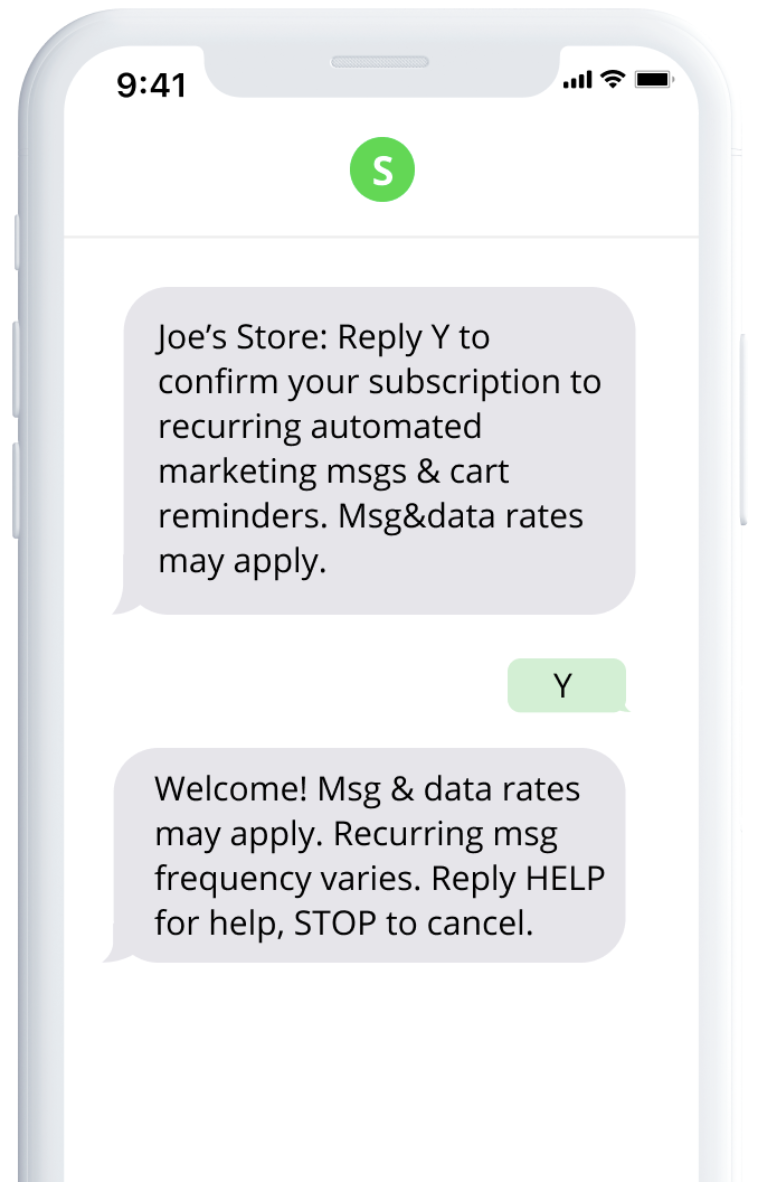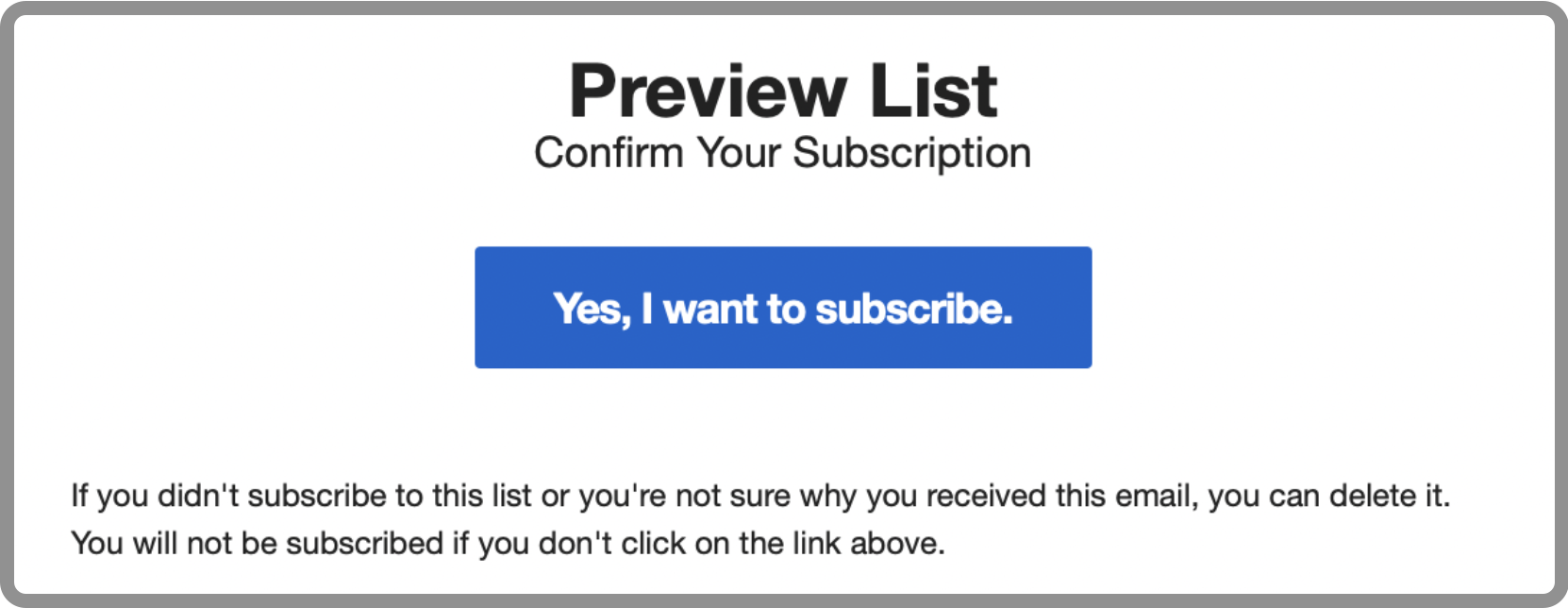Single Opt-in vs. Double Opt-in
This Justuno article explains the differences between single and double opt-in in the context of email/sms marketing.
At a glance:
Last updated: 11/06/2024
Introduction
When building your email/sms list, one of the most critical decisions you'll make is how to handle the subscription or "opt-in" process. The two most common methods are single opt-in and double opt-in. Each method has its own set of advantages (and disadvantages) depending on your goals, audience, and the level of engagement you're aiming to foster.
In this article, we'll break down the differences between these two methods, as well as the pros and cons of each, to help you make an informed decision for your email/sms marketing strategy.
NOTE: Justuno does not offer a built-in opt-in selection feature. When syncing a Justuno design with your marketing lists, make sure the opt-in method is set up in advance within your email/sms provider. For any questions regarding the opt-in setup, please refer to your provider.
What is Single/Double Opt-in?
Single opt-in is the simpler of the two methods. When a user subscribes to your list, they only need to input their email/sms and submit the form. No further verification is needed.

Double opt-in involves an additional layer of verification. After a user enters their email/sms and submits the form, they receive a confirmation email/text asking them to verify their subscription.

images via klaviyo.com & yotpo.com
Pros & Cons
Single Opt-in
✅ Faster List Growth: Subscribers are immediately added, leading to quicker list expansion.
✅ Lower Friction: Simpler sign-up process with no extra steps, resulting in higher conversion rates.
✅ Instant Engagement: You can send marketing emails/sms right away.
✅ Better for Global Audiences: May provide a smoother experience for users in regions with internet restrictions or low bandwidth.
❌ Lower Quality of Leads: No verification means a higher chance of fake or incorrect contact information.
❌ Higher Spam Complaints: Subscribers might forget they signed up, leading to spam reports and deliverability issues.
❌ Increased List Fatigue: A lack of filtering can result in a list filled with inactive subscribers, hurting engagement and deliverability.
❌ Legal Risks: Single opt-in may not meet strict consent requirements in regions like the EU (GDPR).
Double Opt-in
✅ Higher Quality Leads: Ensures valid, engaged subscribers, reducing fake or incorrect contact information.
✅ Better Deliverability: Fewer inactive subscribers result in better open rates, fewer bounces, and improved sender reputation.
✅ Compliance & Legal Protection: Meets regulations like GDPR by providing clear consent and audit trails.
✅ Engaged Subscribers: Filters out uncommitted sign-ups, leading to a more active and responsive list.
❌ Slower List Growth: The extra step may cause some users to abandon the process, slowing list expansion.
❌ Increased Friction: The additional consent can be a barrier, lowering conversion rates.
❌ Potential Email Delivery Issues: Confirmation emails may end up in spam, leaving sign-ups incomplete.
❌ More Maintenance Required: Extra resources are needed to manage confirmation emails/sms and remove unconfirmed subscribers.
Which one is right for me?
Choose Single Opt-In if:
- You prioritize rapid list growth over lead quality.
- You want a seamless, low-friction sign-up process.
- You don't face strict legal requirements.
- You’re running time-sensitive promotions and need immediate engagement.
Choose Double Opt-In if:
- You value email list quality and engagement over speed.
- You need to comply with data protection laws (e.g., GDPR).
- You want to improve deliverability and protect your sender reputation.
- You’re focused on long-term, highly engaged subscribers.
In conclusion, single opt-in offers quick growth with less friction but may lead to lower-quality leads and more spam risks. While double opt-in ensures better lead quality, compliance, and deliverability but can slow list growth. Choose based on your goals, audience, and legal requirements, and consider testing both methods for optimal results.
